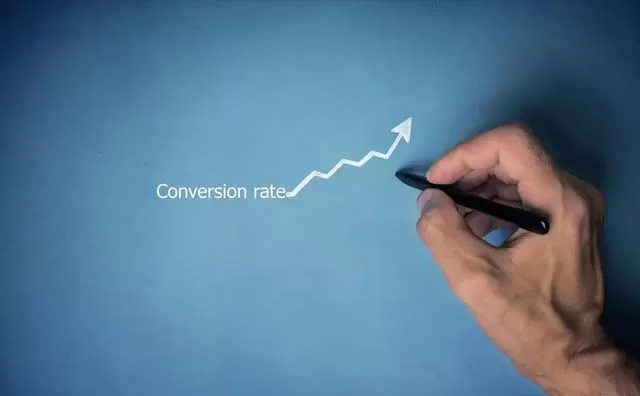Every digital medium that we see, enter and transact with, or simply look at to access something, exists for a reason. For most websites, we can attribute this reason to making a profit, but we can also say that those who create these websites will always have a reason and a goal they want to achieve.
For example, you want your content published on a website to be read, that’s your goal. To achieve this goal, you need to do something to help your readers. You can’t expect people to find and review your content. That’s why website owners need a tracking tool to see how they are doing and where they are in terms of achieving their goals. The concept that meets this need is transformation. In this article, we will answer the question “What is Conversion?” and see how conversion can help us achieve our goals.
The concept of conversion is a ratio that expresses how much the goals set in digital terms are realized. Likewise, in addition to the example we have given, situations such as purchasing products on your e-commerce site or users becoming members of your website depending on your goal can be shown as conversion goals. To see how well these goals are being realized, website owners don’t just rely on the number of users who successfully perform these actions. In order to see this success, they take the conversion rate as a reference. Thanks to this ratio, you can measure how successfully your commercial goals are realized in the digital world.
The most effective way to understand the conversion rate is to analyze it on an e-commerce site. For example, you have an e-commerce site selling clothes. Normally, your conversion goal will be to want visitors to your site to shop and buy clothes. For this, you need to look at what percentage of people who visit your site make a purchase. This way you can calculate your conversion rate and measure how successful you are in your goal. Conversion rate can be looked at for many different goals, not just sales. For example, you can see how successful you are at this goal by looking at how many people who come to your website become members. And what does this ratio indicate?
E-Commerce experts say that “If the figures obtained as a result of conversion rate calculations are below the ideal line, it means failure”. If your conversion rate is low in this way, it means that you are using the wrong marketing strategies. As a result, you can re-evaluate your marketing strategies and take steps to increase your conversion rates. In this way, you make it easier for users who visit your site to realize your goals. At this point, it is useful to know what factors affect conversion rates.
Up to this point, you’ve probably realized that the concepts of conversion and conversion rate have an important place in e-commerce. Keeping in mind that it can be used in a useful way outside of this field, we can list the factors that affect conversion rates in the field of e-commerce in a few items. The factors are as follows:
Each of these factors, alone or in combination, has a negative impact on conversion rates on your site. At this point, you may be wondering how to increase your conversion rate.
Increasing conversion rates can be done in combination with many different strategies due to their impact factors. Perhaps the most important of these may be related to the design of your website. Users who come to your site through your ads may have security concerns due to your design, or may find it difficult to sign up or make purchases. Improving your website in these technical and visual ways will help traffic to your site move in the direction of your goals.
The users who come to your site from the ads you provide are a factor that cannot be ignored in the formation of conversion. That is why ads and the texts and keywords in the content of these ads are very important. If you want to increase your conversion rates in this respect, you need to better align your keywords and ad copy with your goals. If these factors are not relevant to your goals, for example the products you are going to sell, your conversion rates will be low.
Creating a thank you page for transactions such as signing up or making a purchase on your site will also help increase your conversion rates. You can set the thank you page to appear after users complete the goals you set. Apart from this, we will additionally examine conversion optimization and conversion code under different headings.
Conversion rate optimization, known as CRO, involves removing factors that will reduce conversion rates on your website. In order to make a correct optimization, it is necessary to correctly identify the factors that reduce conversion rates on your website. Effectively using the tools to detect them enables you to make the healthiest measurements for optimization. But first of all, you need to define your conversion goals precisely in order to optimize your conversion rate. For example, if you sell your products online, your conversion goal is for users to add them to their carts and make purchases. This is the common conversion target for e-commerce in general.
Conversion code is a tool to see the interactions related to your conversion goals in your optimization processes. The special feature of this tool is that it tracks all actions that users take on your website, not just goal completion actions such as purchases or sign-ups. For example, you can use this code to see which pages a user spends more time on when they visit your website. In this way, you can identify users who will complete your goals, as well as valuable users who will not directly bring you profit, but will know more about you and your website.

